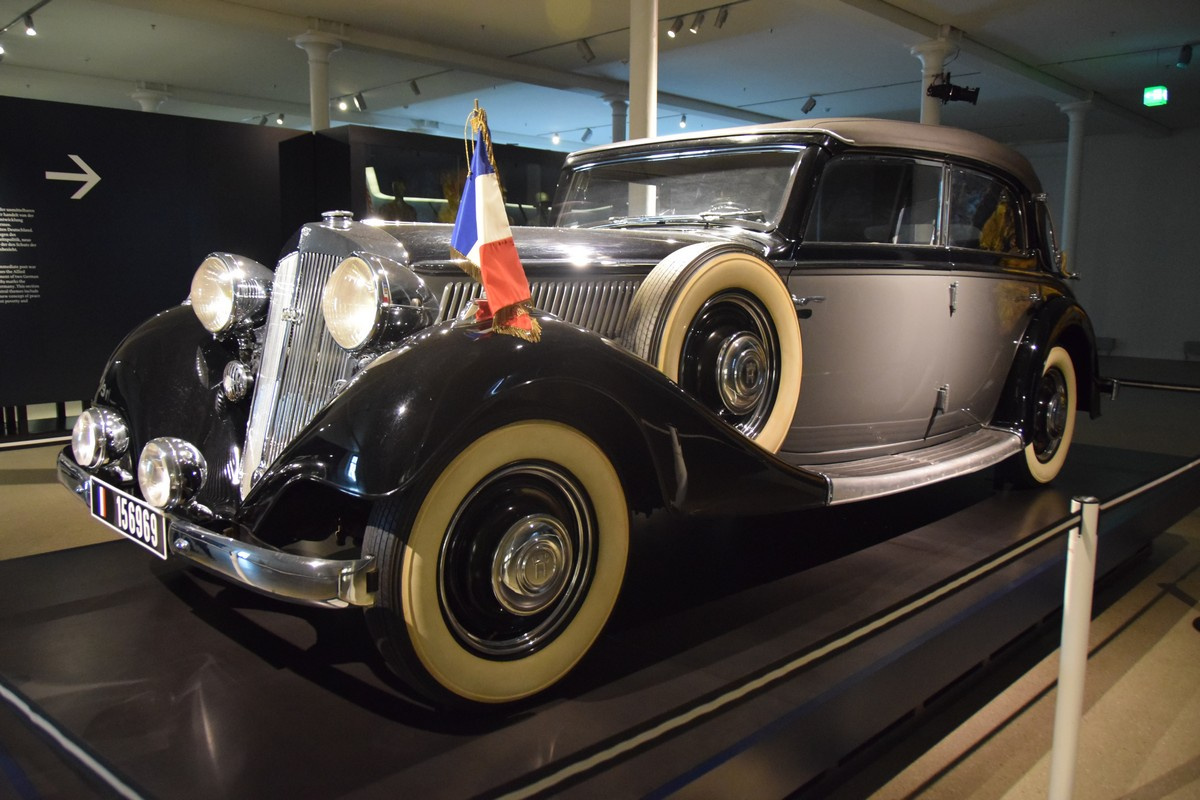
Luxury automobile Horch 830 BL
The Horch 830 BL convertible was a luxury automobile produced in Germany by the Horch company, part of Auto Union (a predecessor of today’s Audi), between 1937 and 1940. Designed for high-ranking officials, diplomats, and military officers, the 830 BL combined advanced engineering with elegant craftsmanship, reflecting the prestige of prewar German automotive design.
The car featured an 8-cylinder, 3.8-liter engine, providing smooth power and reliability, and was equipped with a 4-speed manual transmission. The “BL” stood for Bedeutende Länge (“extended length”), indicating a longer wheelbase for greater comfort, especially in the convertible (Cabriolet) versions. Its stylish body, refined interior, and spacious rear seating made it ideal as an official staff or parade car.
During World War II, the Horch 830 BL was used extensively by senior German officers, and after the liberation of Paris in 1944, one such vehicle was famously repurposed by General Charles de Gaulle as his staff car. He used the elegant convertible during victory parades and public appearances, turning a former symbol of German authority into one of French triumph and independence. The Horch presented in the Bundeswehr Museum Military History in Dresden, Germany is used by General Charles de Gaulle during and after World War II and comes from the General Dietrich von Choltitz motor pool left behind in Paris after his surrender.
Today, surviving Horch 830 BL convertibles are rare and highly valued by collectors as both masterpieces of 1930s luxury engineering and historical artifacts of a turbulent era.

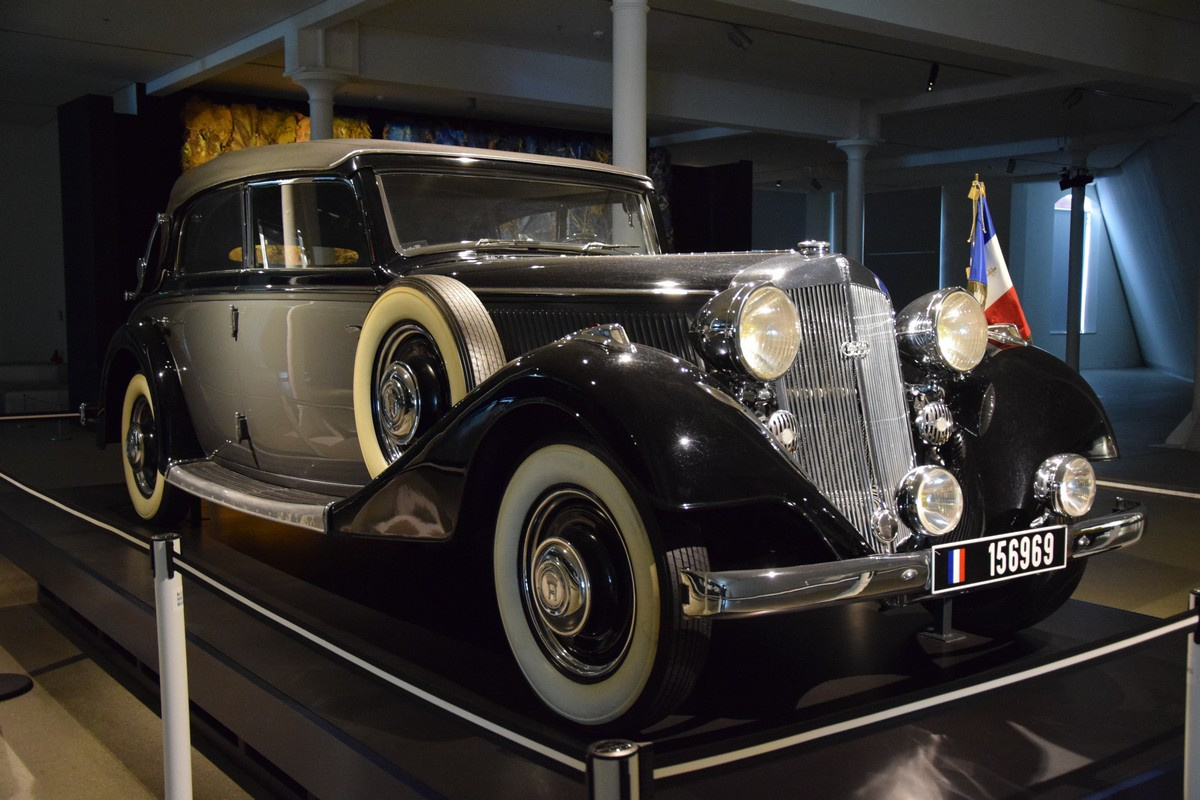
Horch 830 BL – Technical Specifications
Manufacturer: Horch (Auto Union AG, Zwickau, Germany)
Production Years: 1937–1940
Class: Luxury car / Staff car
Body Styles: Sedan, Cabriolet (convertible), Limousine
Engine & Performance
Engine Type: V8, 4-stroke, naturally aspirated
Displacement: 3,823 cc (3.8 liters)
Bore x Stroke: 75 mm × 85 mm
Power Output: Approx. 92 horsepower (68 kW) at 3,600 rpm
Compression Ratio: Around 6.0:1
Top Speed: 120–130 km/h (75–81 mph)
Fuel System: Twin carburetors
Fuel Type: Petrol (gasoline)
Transmission & Drivetrain
Gearbox: 4-speed manual transmission
Drive Type: Rear-wheel drive (RWD)
Clutch: Single dry plate
Chassis & Suspension
Frame: Steel ladder frame
Front Suspension: Independent, transverse leaf spring
Rear Suspension: Live axle with semi-elliptical leaf springs
Brakes: Hydraulic drum brakes on all wheels
Steering: Worm and roller
Dimensions & Weight
Wheelbase: 3,450 mm (135.8 in)
Overall Length: ~5,000 mm (196.9 in)
Width: 1,800 mm (70.9 in)
Height: 1,650 mm (65.0 in)
Curb Weight: Approx. 2,200 kg (4,850 lb)
Notable Features
Luxury interior with fine wood and leather trim
Convertible soft-top in the Cabriolet version
Advanced V8 engine for its time
Used as staff and ceremonial vehicles by high-ranking German officers
One notable example later served as General Charles de Gaulle’s staff car after the Liberation of Paris in 1944.
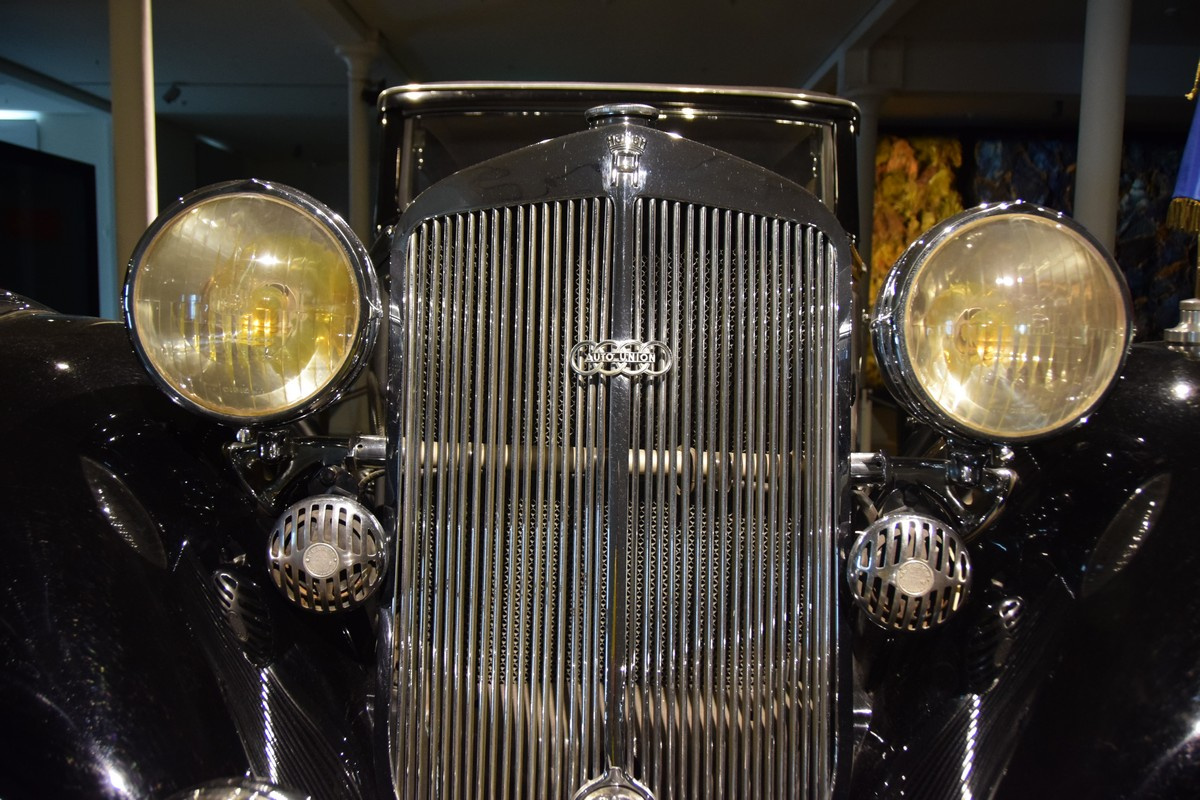
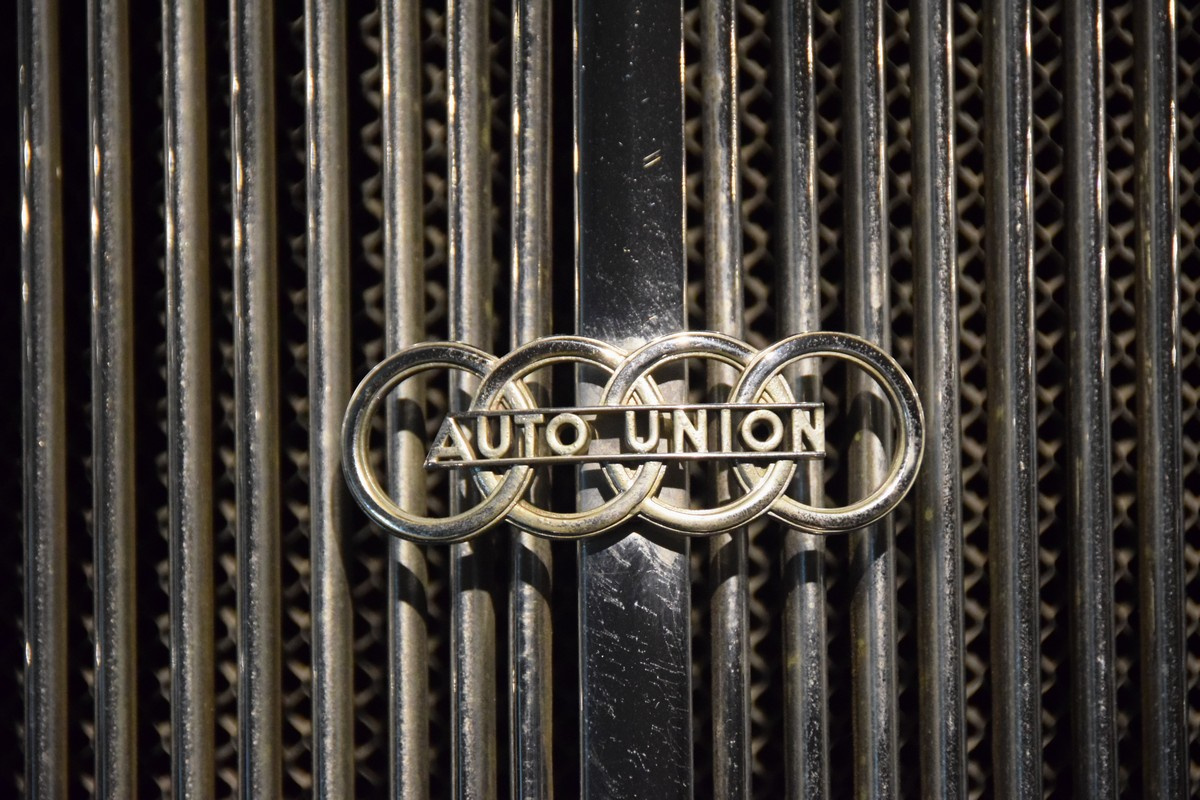
General Dietrich von Choltitz
General Dietrich von Choltitz (1894–1966) was a German army officer best known as the last Nazi commander of Paris during World War II. Appointed military governor of the city in August 1944, he was ordered by Adolf Hitler to destroy Paris rather than let it fall into Allied hands. However, von Choltitz chose to defy these orders, believing such destruction would be senseless.
When the Allies and French Resistance began liberating the city, von Choltitz negotiated with Swedish consul Raoul Nordling and ultimately surrendered Paris on August 25, 1944, largely intact. His decision spared countless lives and preserved France’s capital and cultural treasures.
Although he had previously served loyally in Hitler’s army, his actions in Paris marked a moral turning point. After his capture, von Choltitz was held as a prisoner of war until 1947. He later claimed that he disobeyed Hitler’s orders out of conscience and practicality, though historians debate the full extent of his motives.
Dietrich von Choltitz remains a controversial yet pivotal figure in World War II history—often remembered as “the man who saved Paris.”
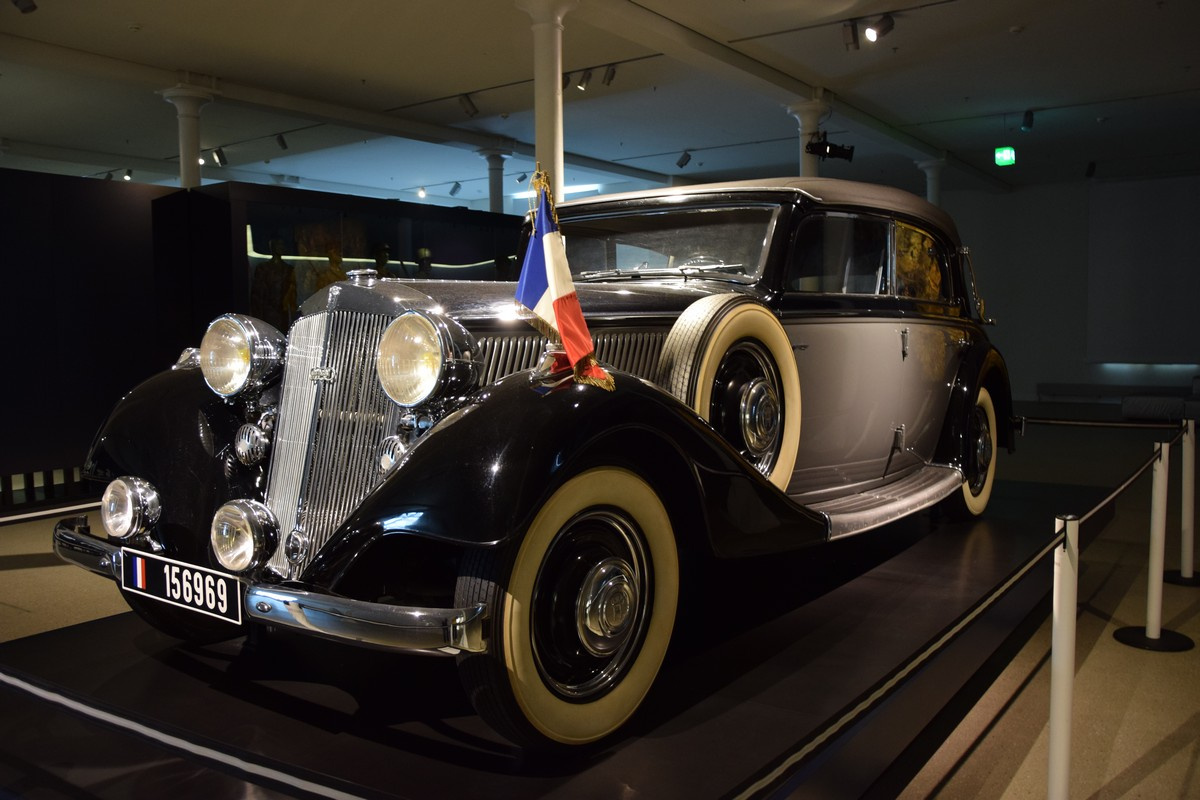
General Charles de Gaulle staff car
The Horch 830 BL convertible was a German luxury staff car produced in the late 1930s by the Horch company, part of Auto Union (now Audi). One such car, originally built for Nazi officials, was later captured and used by General Charles de Gaulle during World War II. After the liberation of Paris in 1944, de Gaulle famously used this elegant convertible during victory parades and official events, symbolizing France’s reclaiming of dignity and power after German occupation. The car’s presence in historical photographs underscores de Gaulle’s leadership and the dramatic reversal of France’s wartime fortunes—from defeat and occupation to liberation and national pride. Today, the Horch 830 BL associated with de Gaulle remains a significant artifact of both automotive and World War II history.
